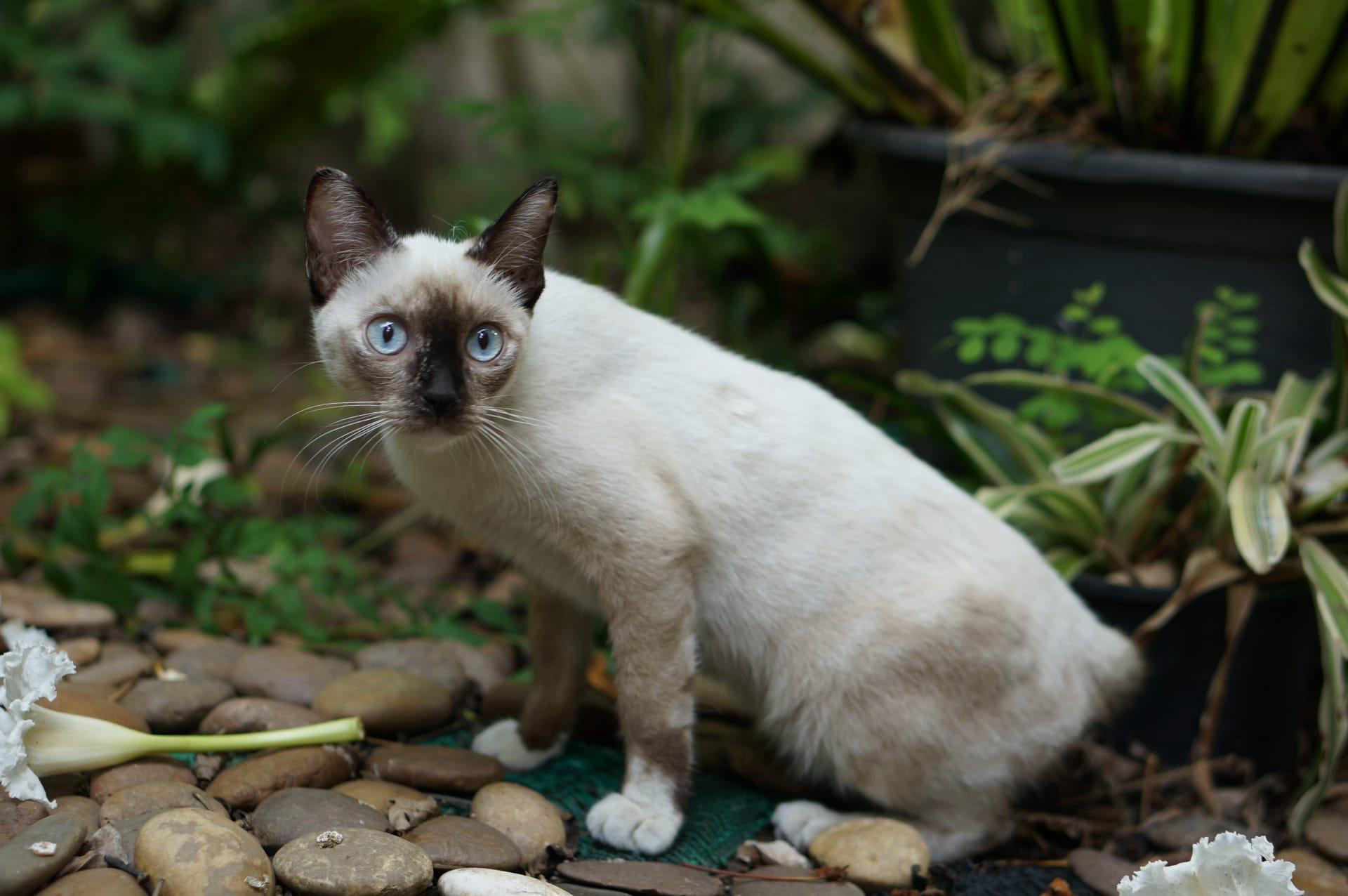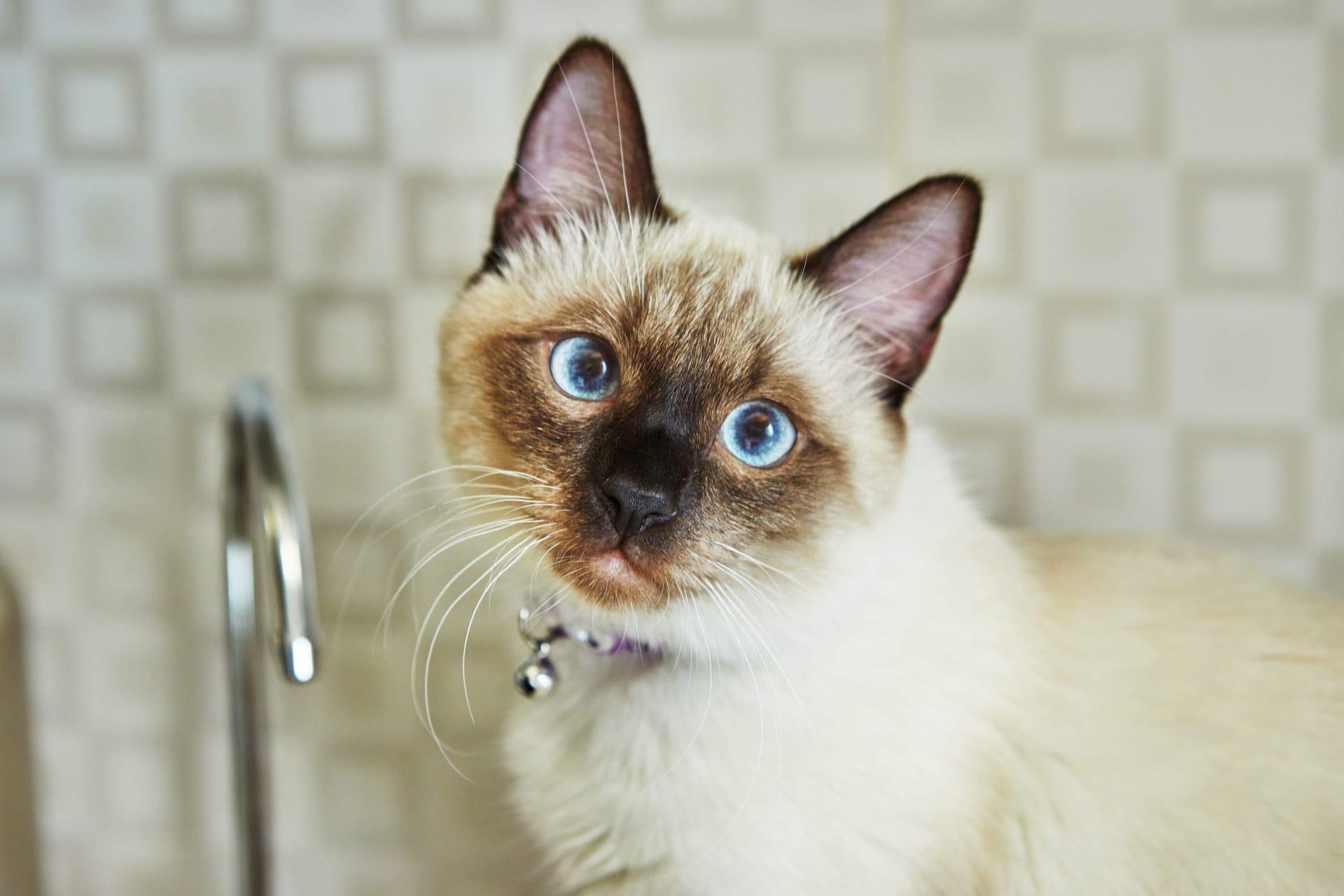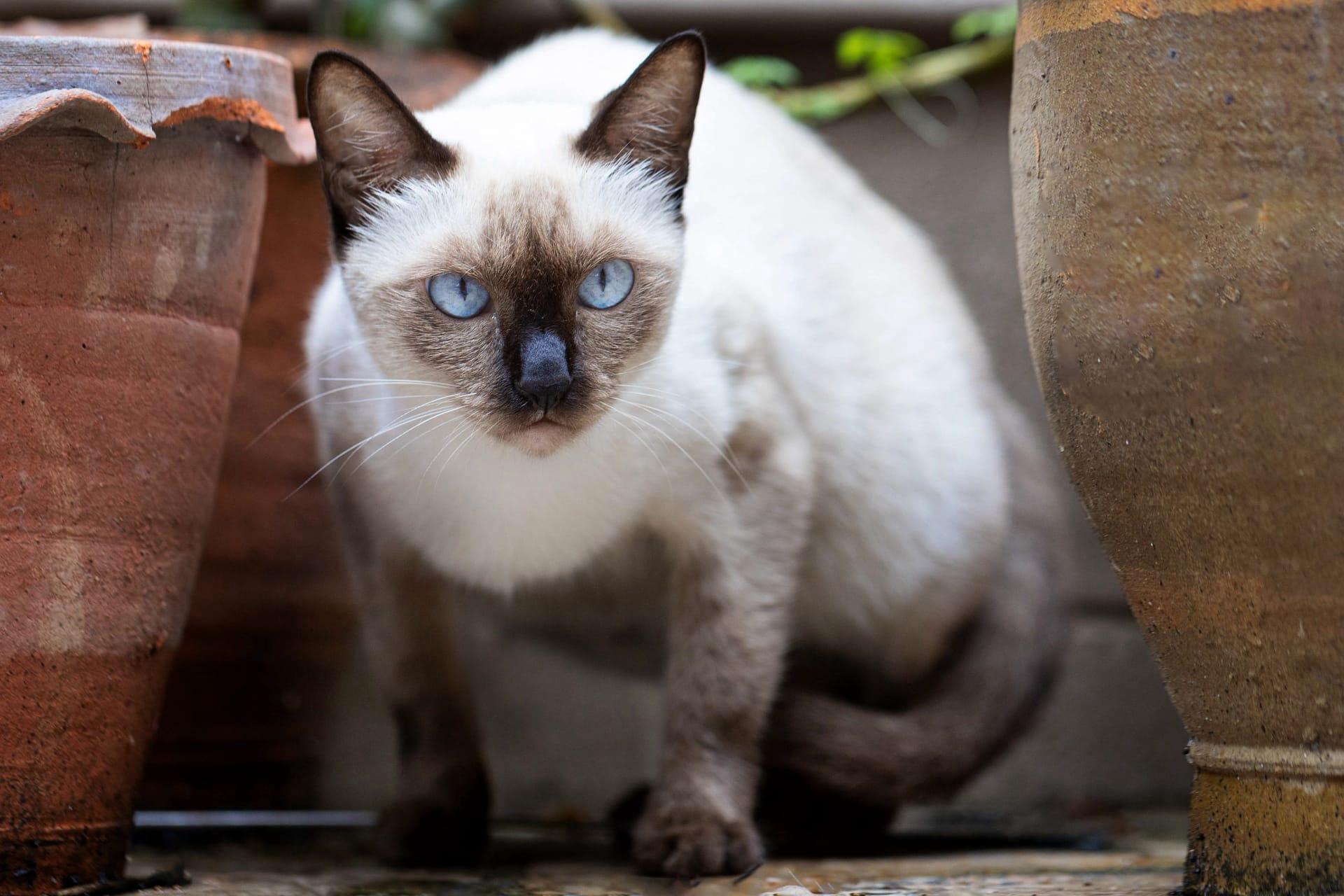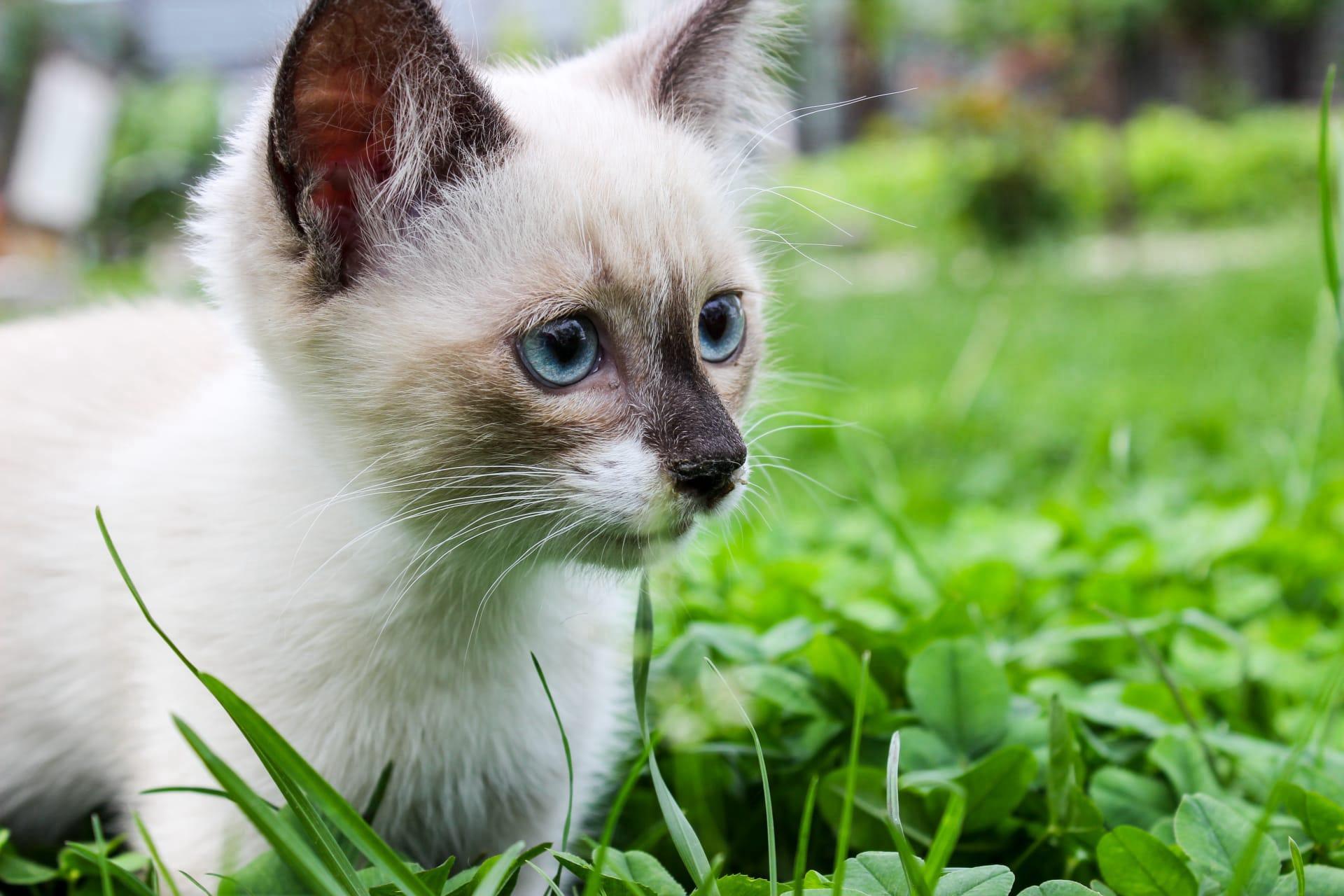Balinese Cat Trivia
- Home /
- Trivia Question /
- Animal /
- Balinese Cat Trivia
1
Question: What unique physical characteristic distinguishes a Balinese cat from other long-haired breeds?
Answer: The Balinese cat is renowned for its strikingly long, silky coat that lacks an underlayer, making it less prone to matting compared to other long-haired breeds. This elegant feline showcases a plumed tail that resembles a luxurious feather boa, enhancing its graceful appearance. Their coat length is typically about 1 to 2 inches (2.5 to 5 cm) long, which drapes beautifully over their body, showcasing a range of colors from lilac to deep blue.
Question: How does the Balinese cat's personality stand out among other cat breeds?
Answer: The Balinese cat is celebrated for its social, affectionate nature, often forming strong bonds with their human companions. They are notably vocal, engaging in lengthy conversations with a wide range of meows and purrs. This breed is also recognized for its intelligence and playful demeanor, enjoying interactive toys and puzzles that challenge their mental agility. Their curiosity and love for human interaction make them excellent companions for families and individuals alike, often following their owners from room to room to be in the midst of activities.

2
Question: Is it true that Balinese cats are completely hypoallergenic?
Answer: A common misconception is that Balinese cats are entirely hypoallergenic, which is not entirely accurate. While they produce fewer Fel d 1, a common allergen present in cat saliva, than some other breeds, no cat is completely hypoallergenic. The Balinese's longer coat is often mistakenly believed to contribute to allergies, but it's actually their saliva, not their fur, that affects allergy sufferers. This breed may be a better option for individuals with mild to moderate allergies, but it's important to spend time with them before adopting to assess any allergic reactions.
Question: Do Balinese cats require extensive grooming due to their long coats?
Answer: Contrary to what might be expected, Balinese cats do not demand extensive grooming. Their silky, single-layer coat does not mat as easily as the coats of other long-haired breeds, reducing the need for frequent grooming. A weekly combing is typically sufficient to remove loose hair and maintain their coat's health and luster. This minimal grooming requirement, combined with their natural cleanliness, makes the Balinese relatively low maintenance in terms of coat care.

3
Question: What is the lifespan of a Balinese cat, and how can it be maximized?
Answer: Balinese cats have a lifespan typically ranging from 15 to 20 years, which can be extended with proper care. Maximizing their lifespan involves a balanced diet, regular veterinary check-ups, and ample mental and physical stimulation. Providing a safe indoor environment, along with interactive play and engagement, supports their well-being and longevity. Regular health screenings can also detect and address any potential issues early on, contributing to a longer, healthier life.
Question: Can Balinese cats adapt to living with other pets and children?
Answer: Yes, Balinese cats are known for their adaptable and sociable nature, making them excellent companions for families with children and other pets. Their playful and affectionate disposition allows them to bond well with children who treat them gently and with respect. They also tend to get along well with other cats and even dog family members, provided proper introductions and socialization are conducted. Their outgoing personality and tolerance make them a perfect fit for dynamic households.

4
Question: What are the common health issues that Balinese cats face, and how can they be prevented?
Answer: Balinese cats are generally healthy, but like all breeds, they can be predisposed to certain genetic conditions such as Progressive Retinal Atrophy (PRA), a condition affecting the eyes, and heart issues like Hypertrophic Cardiomyopathy (HCM). Regular veterinary check-ups, including heart and eye screenings, are crucial in early detection and management of these conditions. A nutritious diet, regular exercise, and maintaining a stress-free environment contribute to their overall health and prevent the onset of obesity-related issues.
Question: How does the Balinese cat's intelligence affect its behavior and interaction with humans?
Answer: The Balinese cat's high intelligence significantly impacts its behavior and interactions, making it a highly engaging pet. Their smart and inquisitive nature drives them to explore their surroundings and seek out interaction and play with their human companions. They are quick learners, capable of mastering tricks and commands, and enjoy puzzle toys that challenge their cognitive skills. This intelligence also means they require regular mental stimulation to prevent boredom, making them ideal for active families or individuals who can dedicate time to interactive play.

5
Question: Are Balinese cats vocal, and what does their vocalization signify?
Answer: Balinese cats are indeed vocal creatures, using their voice to communicate with their human companions. Their vocalizations, ranging from soft meows to more pronounced purrs, can signify a variety of needs or desires, such as hunger, desire for attention, or simply engaging in conversation. Understanding the nuances of their vocal patterns can enhance the bond between pet and owner, as it allows for better interpretation of their needs and moods.
Question: What is the origin of the Balinese cat breed, and how did it develop its distinctive characteristics?
Answer: The Balinese cat breed originated in the United States in the 1940s and 1950s as a result of spontaneous mutations in Siamese litters that produced kittens with longer fur. Initially considered a flaw, these long-haired Siamese cats gradually gained popularity for their elegant appearance and charming personalities. Selective breeding programs aimed to enhance these traits, leading to the Balinese's distinctive long, silky coat and its affectionate, sociable temperament. The breed was officially recognized in the 1970s, celebrated for its blend of Siamese elegance with the added allure of a flowing coat.